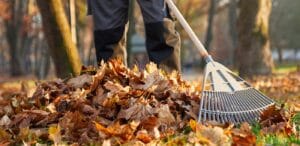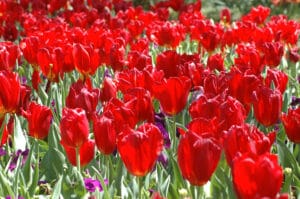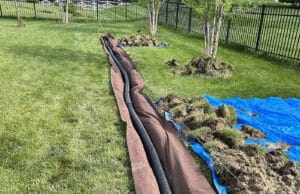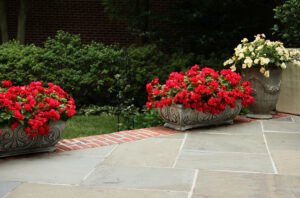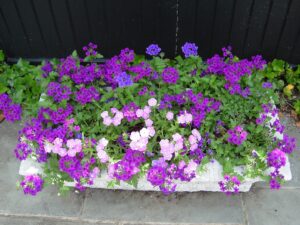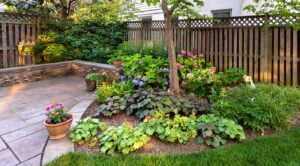Shredding leaves in the fall offers several benefits for yard maintenance
Fall is a beautiful time of year in the D.C. area. The temperatures drop and the air feels cool and crisp. Soon we can expect beautiful fall foliage. But along with the vibrant hues of orange, red, and yellow, comes an inevitable day when the leaves begin to fall from the trees and into our yards. So what do you do with all those leaves?
While a very common way to manage is to bag and have them hauled away, did you know that fallen foliage contain anywhere from 50 to 80 percent of the nutrients that plants need from the soil? They can actually be a great natural resource! Shredding leaves in the fall offers several benefits for yard maintenance, soil health, and the environment. Here’s a breakdown of the key advantages:
Improved Soil Health
- Organic Matter: Shredded leaves decompose faster, enriching the soil with organic matter and nutrients like nitrogen, phosphorus, and potassium.
- Soil Structure: As shredded leaves break down, they enhance soil structure, improving water retention, drainage, and aeration.
- Microbial Activity: Decomposing leaves support beneficial soil organisms, such as earthworms and microbes, which further improve soil quality.
Natural Mulch
- Weed Control: A layer of shredded leaves acts as a natural mulch, helping to suppress weed growth in garden beds and around trees.
- Moisture Retention: Leaf mulch conserves soil moisture by reducing evaporation, which is especially helpful during dry winter months.
- Temperature Regulation: Mulch made from shredded leaves insulates soil, protecting plant roots from extreme temperature fluctuations.
Reduced Waste and Easier Yard Cleanup
- Less Volume: Shredded leaves are compact, reducing leaf volume and making them easier to manage, store, or transport if necessary.
- Landfill Reduction: By shredding and reusing leaves on your property, you help reduce the volume of yard waste sent to landfills, lowering greenhouse gas emissions.
- Natural Fertilizer: Shredded leaves can be used as a top dressing for lawns or added to compost, providing a free source of natural fertilizer for future garden use.
Enhanced Lawn Health
- Healthier Grass: Mulching shredded leaves into the lawn can feed the grass, providing a nutrient boost that supports root growth and overall lawn health.
- Reduced Thatch: Regularly shredding and mulching leaves into the lawn can prevent thatch buildup, which can suffocate grass and limit growth.
Encouragement of Biodiversity
- Wildlife Habitat: Leaf litter provides shelter for beneficial insects and small wildlife, contributing to a balanced ecosystem in your yard.
- Pollinator Support: Leaf mulch offers overwintering sites for certain pollinators, like bees and butterflies, that nest in leaf litter or soil.
Recap
Take advantage of this free resource! Shredding leaves is an efficient, eco-friendly way to recycle natural resources, protect plants, and prepare your yard for winter.

